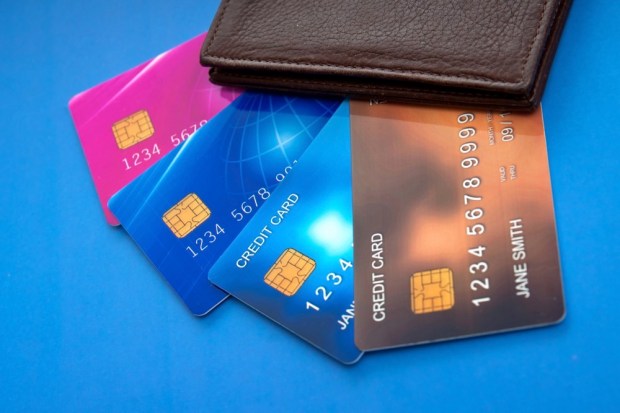Cachet Talks The Prepaid Market Future

The PYMNTS team caught up with experts in the payments field to ask them their views on industry trends, predictions for the coming year and what their ideal payments system looks like — and how far off that vision is.
Larry Blaney, Cachet’s EVP of Sales, shared how the prepaid market has fared in 2015 and what innovations are expected for growth in years to come.
PYMNTS: WHAT ARE THE MOST IMPORTANT TRENDS YOU’VE BEEN FOLLOWING THIS YEAR?
LB: As far as the prepaid market itself, it’s exploding. It used to be just a couple of use cases but today there are countless use cases and we keep hearing about new ones all the time. Education was important for us in 2015, it helped when the CEO of Green Dot said at a major conference that if consumers under 45 years old are not given a great mobile experience you will lose them.
PYMNTS: WHAT ARE SOME OF THE BIG THINGS YOU ARE LOOKING FORWARD TO OR WATCHING FOR IN THE NEXT YEAR?
LB: Adding innovation into the platform and working with our existing customer base to get feedback from them and drive further enhancements. Also connecting into a lot of the processing platforms and payments networks out there to establish an open architecture platform for prepaid. We see 2016 as being extraordinary in terms of customer acquisitions, transaction volumes and mobile user adoption. We believe that the adoption of mobile payments will continue but there needs to be standards; there’s a great deal of issues there now. For instance, all of the major card issuers have P2P solutions but Visa P2P can only send payments to Visa. As these standards come forward and it becomes frictionless for the consumer, then you’ll start to see payments really increase.
PYMNTS: WHAT DOES THE IDEAL PAYMENTS SOLUTION LOOK LIKE? IN A PERFECT WORLD, HOW WOULD PAYMENTS OPERATE?
LB: I believe the technology is going to be mobile-based and the mobile networks and operators will be more involved going forward. Things like biometrics and geofencing will create the secure element, much more secure than it is today and better than the EMV. As the mobile networks become more involved then consumers will be able to go ahead and send remittances and payments via those platforms. The consumer will actually benefit by getting their payments quicker and it will be seamless for them.”
